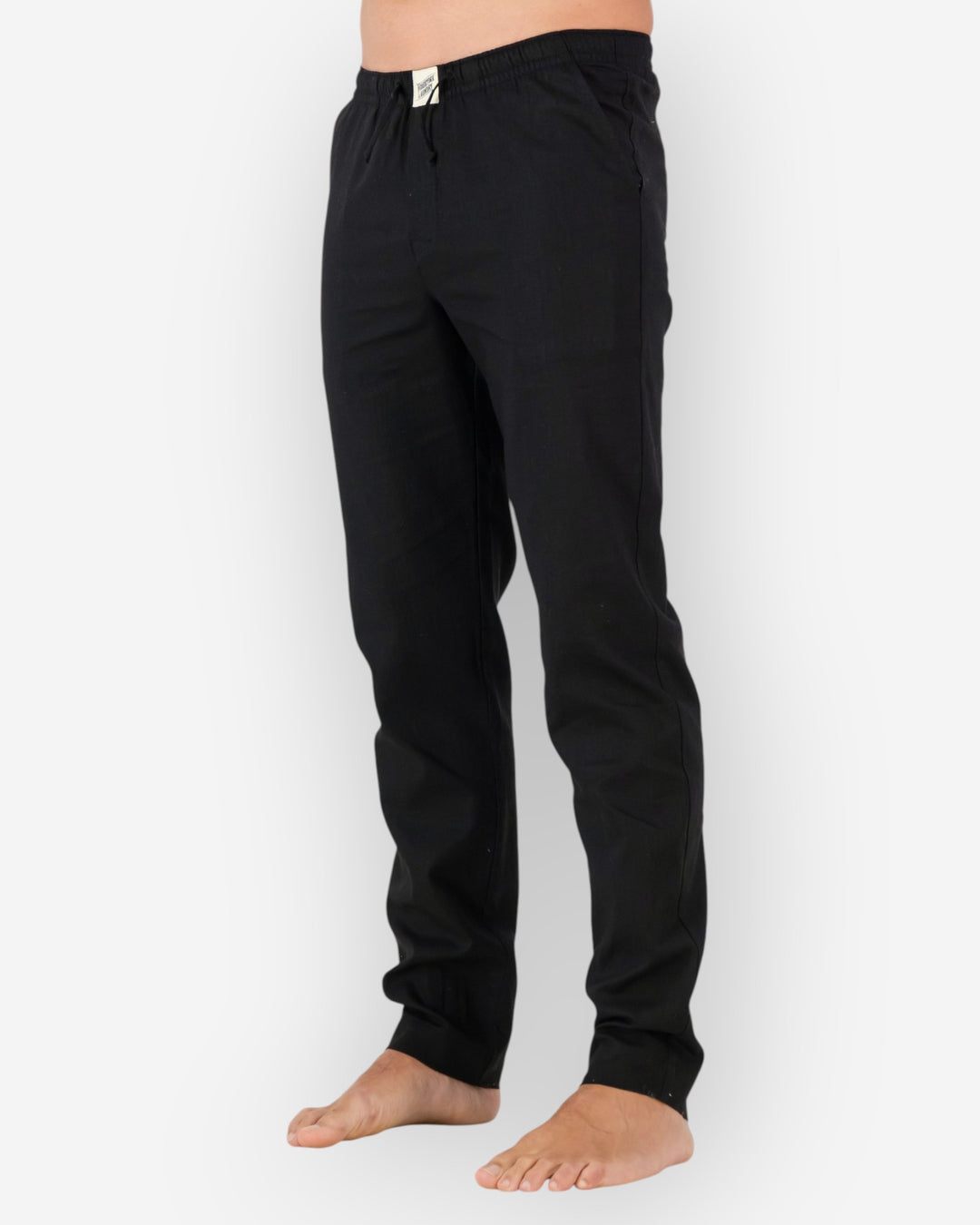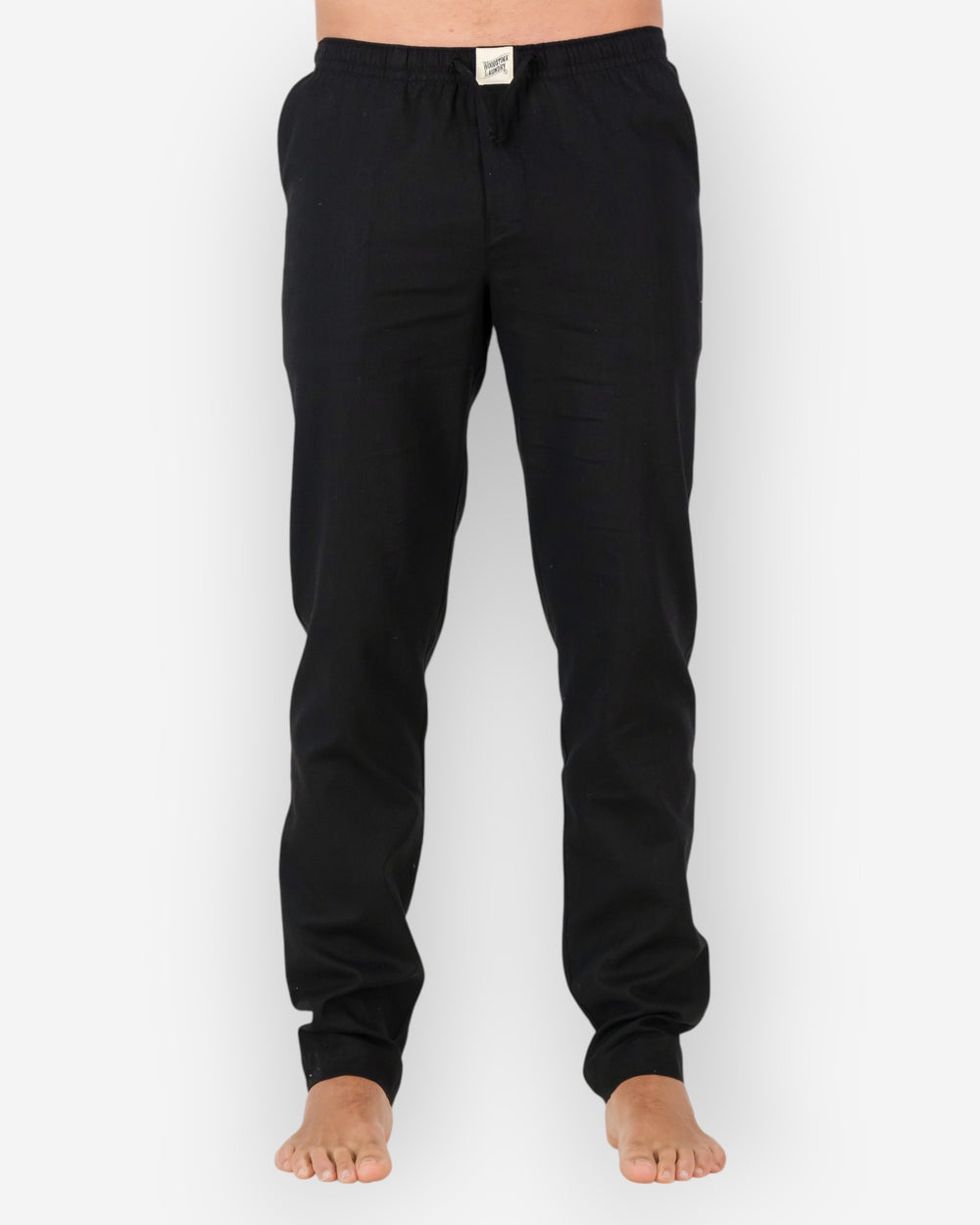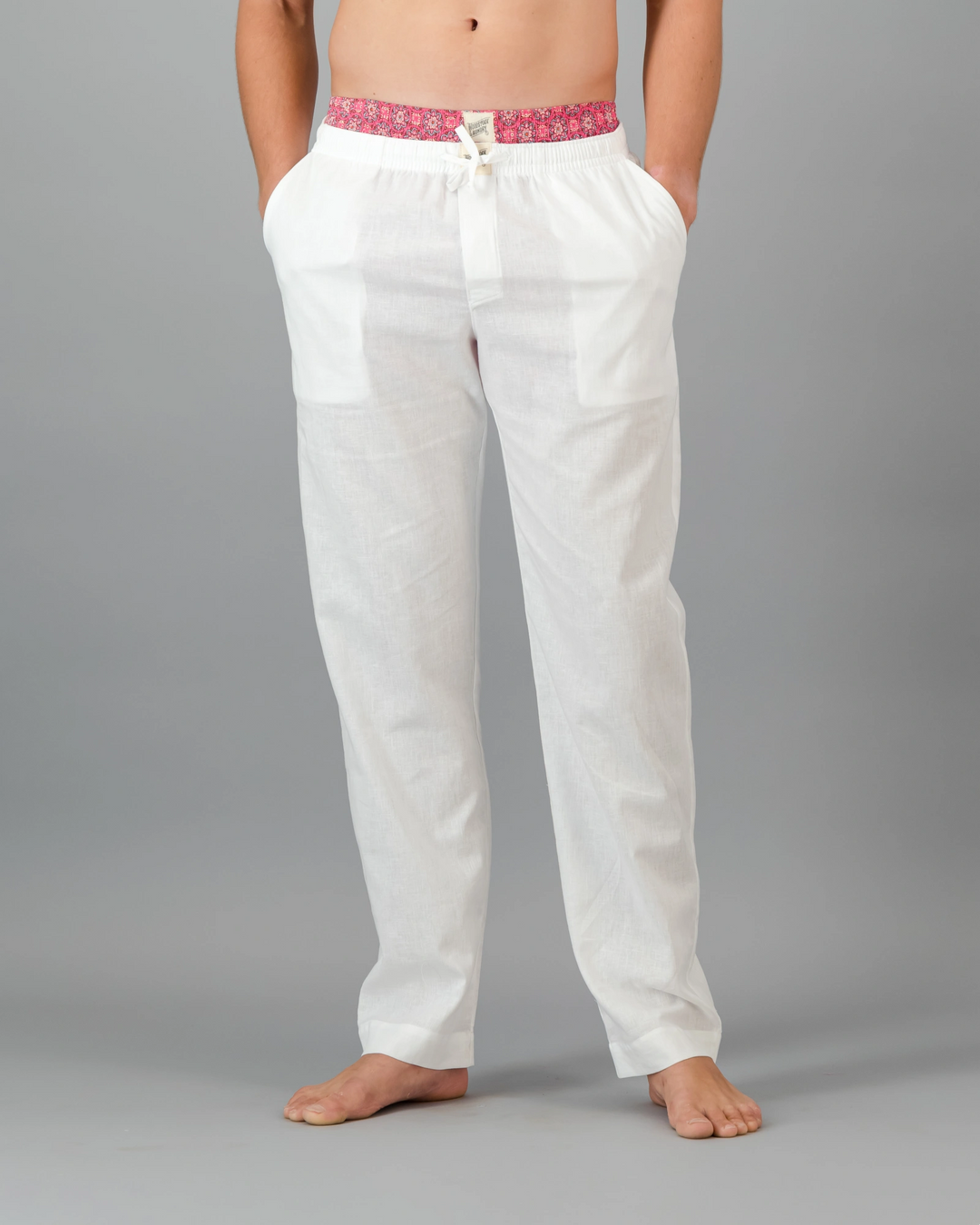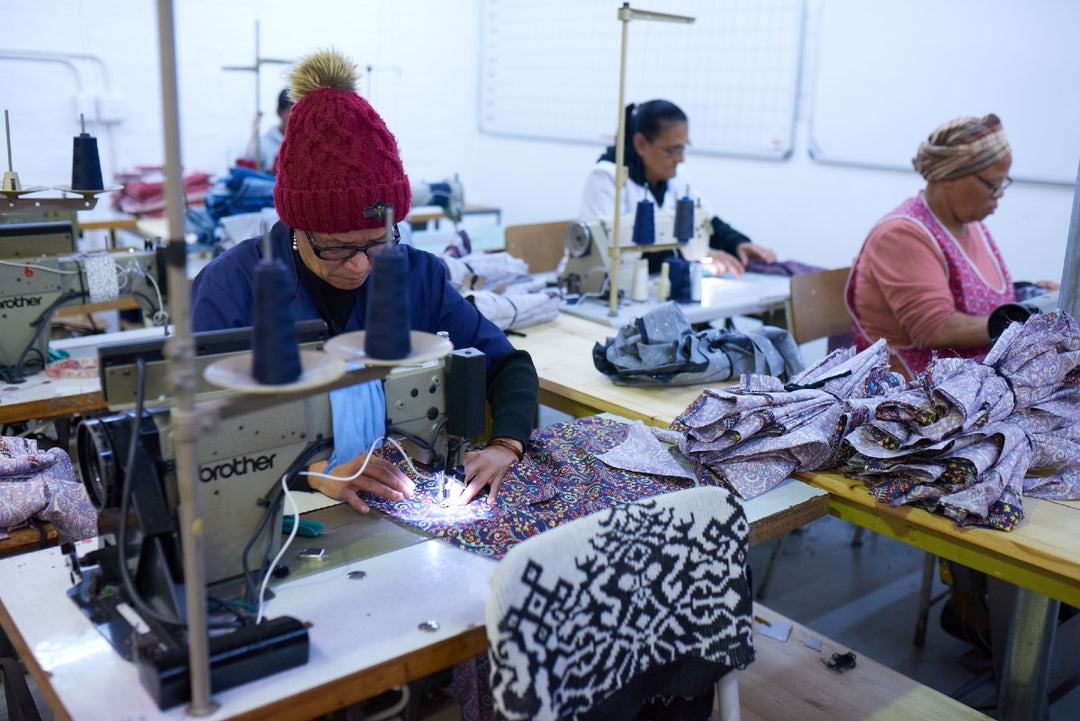Linen pants have a rich and storied history that dates back thousands of years. This versatile, stylish, and comfortable garment has been a staple in wardrobes across the globe for centuries. In this blog post, we will explore the fascinating history of linen pants, from their origins in ancient Egypt to their current status as a modern fashion staple.
The Origins of Linen
Linen, a textile made from the fibers of the flax plant, has been used for clothing and other purposes for thousands of years. The earliest evidence of linen production dates back to 8,000 BC in present-day Georgia. However, it was the ancient Egyptians who truly elevated linen to a revered status, using it for both clothing and religious purposes. The natural, breathable quality of linen made it the perfect choice for Egypt's hot climate.
Ancient Egypt
In ancient Egypt, linen pants were highly regarded and considered to be a symbol of wealth and status. The fabric's natural ability to wick away moisture and keep the body cool made it the ideal choice for the desert climate. Egyptians believed that wearing linen would protect them from evil spirits and bring them closer to the gods. Linen was also used to wrap mummies, as it was believed to help preserve the body and aid in the journey to the afterlife.
The Roman Empire
As the Roman Empire expanded, so did the use of linen pants. Romans were known for their elaborate and intricate clothing, and linen was an essential part of their wardrobe. Linen pants, known as "braccae," were worn by both men and women and were considered to be a practical choice for the warm Mediterranean climate. The Romans also used linen for a variety of other purposes, such as sails, tents, and even currency.
The Middle Ages
During the Middle Ages, linen pants remained a popular choice, particularly in warmer regions. The fabric was valued for its durability, breathability, and ease of laundering. Linen pants were worn by both peasants and nobility, often with elaborate embroidery or other decorative elements.
The Industrial Revolution
The Industrial Revolution brought about significant advancements in textile production, making linen more affordable and accessible. Linen pants continued to be a popular choice, particularly for working-class individuals who valued their comfort and practicality.
Modern Fashion
Today, linen pants are cherished for their timeless elegance, comfort, and versatility. They are a popular choice for summer wardrobes and have been embraced by designers and fashion-forward individuals alike. Linen pants can be dressed up or down, making them suitable for a range of occasions. From casual beachside strolls to elegant garden parties, linen pants remain a wardrobe staple for many.
Conclusion
The history of linen pants is a testament to the enduring appeal of this versatile, comfortable, and stylish garment. From ancient Egypt to modern fashion runways, linen pants have transcended time and trends to remain a beloved wardrobe staple. As we continue to seek out sustainable, eco-friendly, and natural fibers in our clothing choices, linen pants will undoubtedly continue to play a significant role in the world of fashion.














